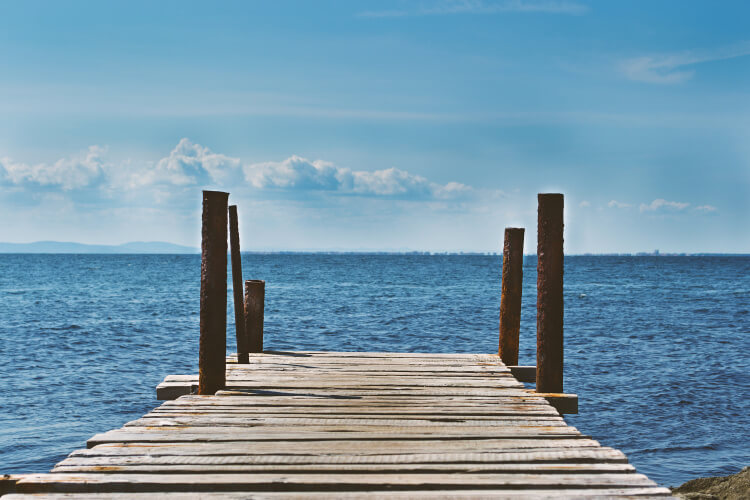For most of us the school year is coming to a close. But for teachers, it’s a good time to reflect and think about what worked, what didn’t work, and the reasons for both. To get a head start for the next school term, I find it helpful to create a calendar with large space blocks to enter pertinent daily comments. Entries can include behavior issues, positive lessons, and accidents, parental concerns, or anything you think important for future use.
These entries can help remind you of past problems you can avoid and the details of events you might need in a future meeting. With the advent of smart phones and tablets, you can also easily add daily reminders and notes into an App. But, sometimes it’s also good to have a back up just in case of a technology glitch.

Before packing your bags for a much anticipated and probably needed vacation, I encourage you to plan what needs to be done to take you through the first week of teaching. Even the relaxing part of your summer activities can combine refueling and refurbishing too. For teachers, learning never stops. Observing what young people are doing helps us to better appreciate what makes our students tick, and how they’ll likely react to our teaching and the lessons we are planning to present to them.
I found that watching students at recess, in the school playground, or during school-related activities gives me a better understanding of what they really enjoy and how they interact with other students either individually or in groups. It sometimes helps to explain why were my students bored, listless, or not paying attention in class.
For example, I found it insightful to watch what activities young people play on beaches; how it’s organized, what rules are followed, and how disputes are handled. Have any modification been made to make the activity easier or harder, or different equipment being used? Many years ago, I saw a beach volleyball game and the players had put towels and blankets over the net. The idea stuck with me. I learned a new way to make PE both enjoyable and challenging. It was one more way to adapt volleyball to suit players of all ability levels.
For our students, summer activities can take many directions and of course something we should be encouraging is for them to stay physically active. It’s become increasingly popular for physical educators to create and share summer vacation fitness and activity calendars. Students and their families can be encouraged to complete at least one physical activity each day. This may be a creative activity or one that has been learned from the regular PE class.
Fortunately, during summer there are heaps of opportunities to engage students and their families in an activity regimen designed to achieve all of our aspirations for a lifetime of health and fitness. The YMCA and various outdoor programs are helping to keep students active. Our national, state and local parks offer a host of exhilarating activities for the entire family. Sport camps include activities for our students to improve specific skills and gain confidence, but most importantly to help students learn how to successfully socialize and get along with others respectfully.
PE teachers can use this summer months to develop professionally. This summer, many colleagues will enjoy joining other health and physical teachers at the National PE Institute and having time to share ideas with the best of the best professionals from around the country. Shape America has events throughout the country and offers many different ways for us to refuel the teaching engine. Spark is hosting conferences involving all aspects of health, physical education, nutrition, resources and training. You might also consider taking summer classes to invigorate your teaching skills or perhaps seek out opportunities to volunteer in your community. Greater community engagement can be a valuable asset when dealing with parents, school boards, and school administrators.
Summer is also a great time for physical educators to catch up on the technological skills. Facebook includes several online discussion groups to share ideas and comment on the myriad of different concerns we have about teaching, lessons, and technologyas well and has to browse information about upcoming events. Facebook groups include PE Central, PE 1, and the National PE Institute. Artie Kamiya is responsible for information at the National PE Institute site and also through Twitter as “I Tweet PE.” You can check out the blogs daily and use these resources to keep abreast of all activities during the school year and summer break.
The final piece of the summer puzzle is ensuring you make time to relax. Being prepared makes the process much easier. Learning new teaching ideas at conferences, workshops, and conventions will help make your lessons run smoother. Stress is a natural consequence when things go awry and better preparation helps us avoid stressful situations. Take time for yourself, take a yoga class, learn breathing techniques, kick back and smell the flowers. To be effective teachers we need to stay positive and remember to personally engage in activities that have fitness, health and exercise ingredients. You have earned the right to relax. Use this summer and go for it!
